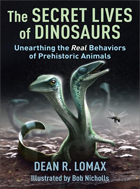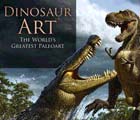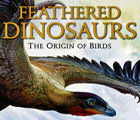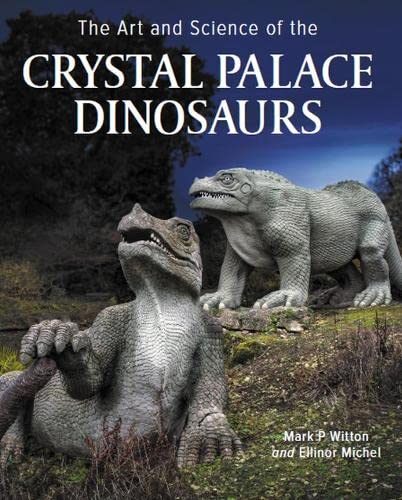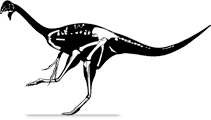Friday, 09th of May, 2025
The database has been scoured and today's daily dinosaur is...

WULATELONG
an omnivorous oviraptorid theropod dinosaur from the Late Cretaceous of China.
Pronunciation:
Woo-la-tuh-long
Meaning: Wulate dragon
Author/s: Xu Xing (
2013)
Synonyms: None known
First Discovery: Linhe, China
Chart Position: 828
Wulatelong gobiensis
(Wulate dragon from the Gobi)Etymology
Wulatelong is derived from "Wulate" (the area from which the specimen originated) and the Chinese Pinyin "long" (dragon).
The
species epithet (or specific name),
gobiensis, means "from the Gobi" in Latin.
Discovery
The remains of
Wulatelong were discovered at “The Gate†Locality in the Wulansuhai Formation, Wulatehouqi, Bayan Mandahu, Linhe, Nei Mongol, China, in 2009.
The
holotype (V 18409) is a partial and badly-weathered skeleton with some skull material.
Estimations
Timeline:
Era: Mesozoic
Epoch: Late Cretaceous
Stage: Campanian
Age range: 84-71 mya
Vital Stats:
Est. max. length: ?
Est. max. hip height: ?
Est. max. weight: ?
Diet: Omnivore
References
• Xu X, Tan Q-W, Wang S, Sullivan C, Hone DWE, Han F-L, Ma Q-Y, Tan L and Xiao D (2013) "
A new oviraptorid from the Upper Cretaceous of Nei Mongol,
China, and its stratigraphic implications".
 Vertebrata Palasiatica, 51(2): 85-101.
Vertebrata Palasiatica, 51(2): 85-101.
Time stands still for no man, and research is ongoing. If you spot an error, or want to expand, edit or add a dinosaur, please use
this form. Go
here to contribute to our FAQ.
All dinos are GM free, and no herbivores were eaten during site construction!
To cite this page:
Atkinson, L.
"
WULATELONG :: from DinoChecker's dinosaur archive".
‹
http://www.dinochecker.com/dinosaurs/WULATELONG›. Web access: 09th May 2025.





